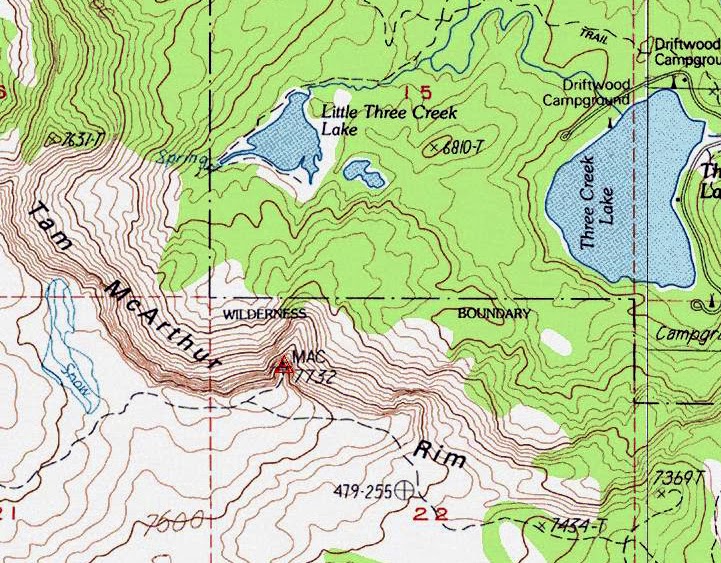Guest Post by Lee
The Great Outdoors: Why It's Great For the
Whole Family
We all know that spending time outdoors plays an important role
in living a healthy and fulfilling life. Ultimately, that's what we want for
ourselves and our children, right? As our culture has nurtured its relationship
with technology, our relationship with nature has been put on the backburner.
With mental and physical disease on the rise, it is time to pay more attention
to the fact that our often neglected relationship with nature could be a major
contributing factor. There are many ways to reconcile this relationship, and
the benefits are sure to be felt by the entire family and even the community
around you. Adventuring outdoors can be a learning experience that is exciting
and liberating, and there are plenty of things to do! But first, let's look at
why outdoor play is important and how exactly you and your family can benefit
from it.
The importance of outdoor play
Children and adults alike are spending more time indoors than
outdoors on a daily basis, and it could be
causing
problems with their mental and physical health. According to Kenneth
Wright, director of the Sleep and Chronobiology Laboratory at the University of
Colorado, staying inside all day can contribute to difficulty sleeping, loss of
appetite, and lower energy levels. Absorbing nutrients provided by the sun such
as vitamin-D, aids in our bodies ability to more effectively regulate itself.
Since most of our indoor time is spent in front of a phone,
television, or computer screen, children and adults are becoming less and less
active. This can lead to weight gain, lethargy, and impaired vision. Richard
Ryan, a professional psychologist suggests that even 20 minutes a day can make
a large difference in vitality felt by both children and adults. Studies show
that
wilderness
therapy, or outdoor behavioral healthcare, can help to address
behavioural and mental health conditions using nature as a therapeutic tool. If
you or your child are particularly restless or have a hard time focusing,
spending more time outside could help in a number of ways. It also helps
exercise imagination in children, facilitates social skills, and provides new
learning experiences.
How to incorporate outdoor play into your
family's lifestyle
There are many different ways to incorporate outdoor activity
into your family’s lifestyle.
Look up the parks in your immediate area and
see if there are any of interest to you or your children. If you have the means
to go on a big adventure, plan a trip to a National Park! You and your family
can take in some incredible scenery and learn about a completely new environment.
You may even have one close to you already!
If you want to embrace your creative side, come up with a
scavenger
hunt and get to exploring. You can even start a garden to be used as
an educational tool. An added bonus is that your kids will be able to grow and
eat their own food! Even indoor activities such as painting or playing an
instrument can be enjoyed out in the yard or at a park. It's also a great idea
to have quiet time outside as taking the time to tune in to your surroundings
can have an instant calming effect on the body.
Whether it's building confidence, promoting creativity, or
teaching responsibility, the benefits of outdoor play are many. Now more than
ever it is important that we not only engage our children more in nature but
ourselves as well. Spending time outdoors can bring a family closer, and there
are lessons that are sure to be learned on everyone's part.









